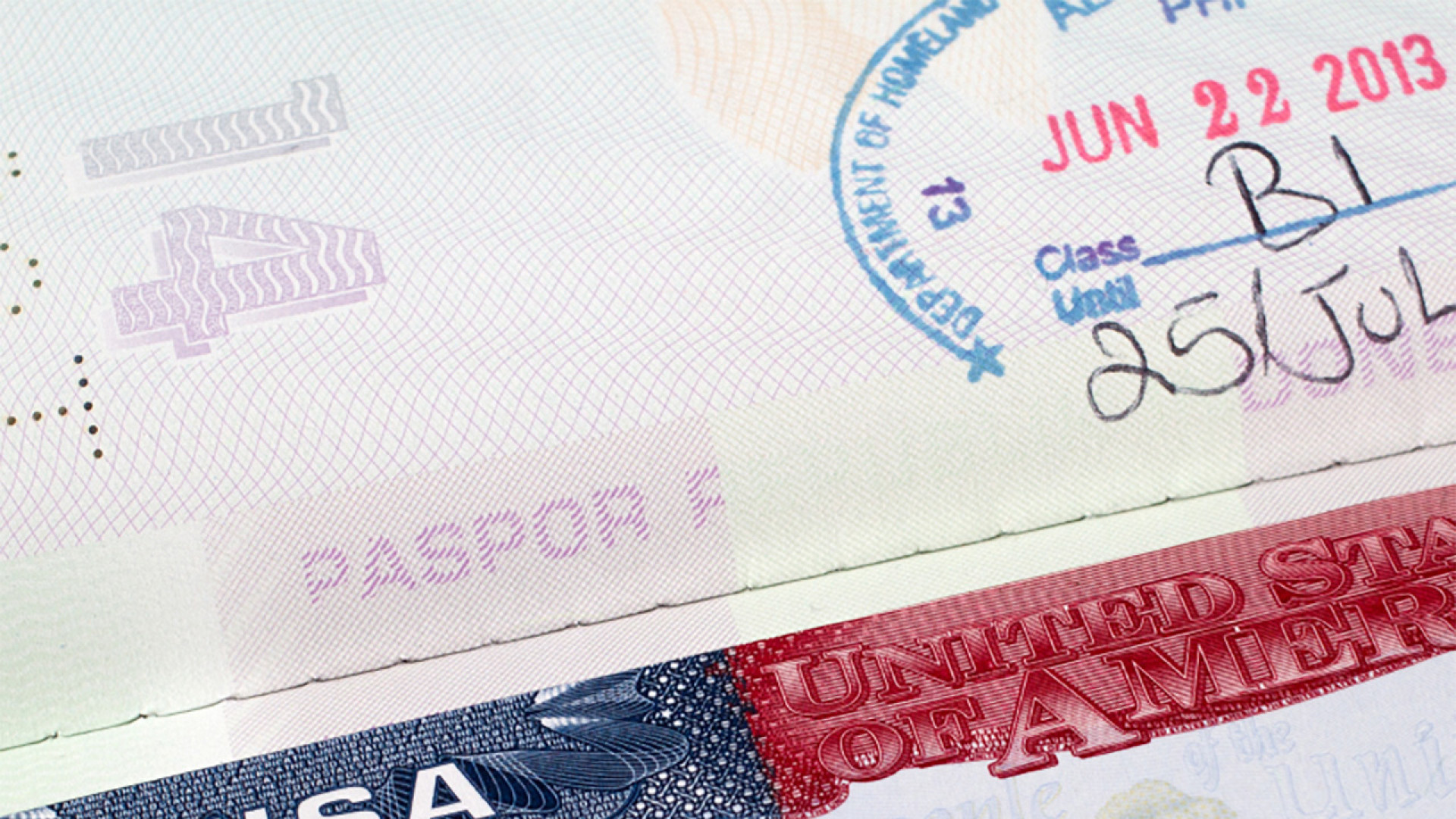Updated on 16.05.2022
Your question: What happens if the EAD application for an employee at the US location is not renewed in time by the US authorities?
Share article:

We employ one person at our U.S. location who is covered by a General Work Permit (EAD) is working there locally. The individual holds an L-2 visa as the spouse of an L-1 visa holder and has successfully applied for an EAD in the US based on that. The EAD had been issued for two years, and the employee timely filed an application for renewal with U.S. Immigration before expiration. The EAD is only valid until June 01, 2022. What happens if the application for extension has not been renewed by the US authority by then?
First of all, the employee did everything right. Unfortunately, EAD extension requests (Employment Authorization Document) continue to be filed with U.S. Immigration and Customs Enforcement only a maximum of 180 days prior to expiration. However, the processing times of many service centers are well over 6 months. As a result, many individuals working in the U.S. through an EAD are at risk of losing their work permits or not having their permits renewed in time.
In order to prevent this problem, the USCIS issued an "Automatic Employment Authorization Document Extension Rule" last year. This rule stated that certain EAD applicants may, under certain conditions, initially work up to a maximum of 180 days beyond the "old" EAD approval period, as long as the extension application submitted on time has not yet received a final decision from the U.S. authority.
This automatic 180-day extension has now been improved once again:
Now, certain EAD renewal applicants have the option to continue working even up to a maximum of 540 days after the EAD expires, but no longer than October 26, 2023. However, as mentioned above, certain eligibility requirements must be met, such as a timely filed application, an I-94 that remains valid, etc. Whether a person qualifies for this must be assessed on a case-by-case basis, more information on this can also be found at the USCIS website.
Assuming that a timely application has been submitted and that a valid I-94 for the employee exists, he or she can therefore continue to work for your company beyond June 01, 2022 - even if the EAD has not yet been extended by that date. The exact period involved would still have to be checked.
By the way: L-2 visa holders are now allowed to work in the U.S. without first applying for an EAD. However, this would require that the employee's current I-94 form already shows "L2S" (S for "Spouse") status. If this is the case, an EAD would no longer be necessary - of course, the employee can still keep the EAD application running.
In addition, if the I-94 status shows only "L2" (i.e., without an "S"), there would be the possibility of obtaining a new I-94 via exit and re-entry at the border (with the appropriate addendum issued since approximately the beginning of the year). Or alternatively, the employee could also contact an Office Border Patrol (CBP) to request an update to "L2S" without leaving the United States.
Date:
Wir und unsere Partner nutzen Cookies, um personenbezogene Daten wie z.B. Browsing-Daten zu speichern und abzurufen, um z.B. Inhalte und Werbung bereitzustellen und zu personalisieren sowie die Verwendung der Website zu analysieren und das Benutzererlebnis zu verbessern. Sie erfahren mehr über die Zwecke, für welche wir und unsere Partner Cookies einsetzen, wenn Sie unten auf den Button „Cookie Einstellungen“ klicken. Hier können sämtliche Einstellungen auch geändert werden. Nachträglich kann man jederzeit seine Cookie-Auswahl überdenken oder seine Einwilligung widerrufen, indem man auf den Link zu den Cookie-Einstellungen im Footer unserer Webseite klickt. Beachten Sie bitte, dass das Blockieren einiger Cookie-Typen unsere Möglichkeiten zur Bereitstellung von auf Ihre Interessen zugeschnittenen Inhalten haben kann oder einige Funktionen der Webseite nur eingeschränkt zur Verfügung stehen.
Durch klicken auf “Alle Cookies akzeptieren” stimmen Sie unserer Nutzung und der Weitergabe Ihrer Daten an unsere Partner zu.